UM-Flint Reading and Writing Specialist Explores Education in Israel
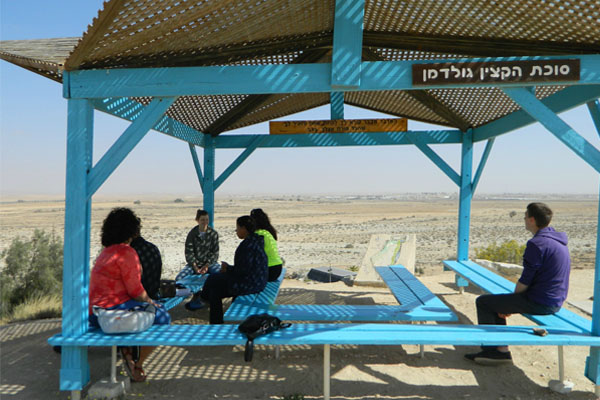
What would you find if you traveled around the world and met with your professional counterparts? Would you expect to see a greater number of similarities or differences in the work they do?
Stephanie Gelderloos, the developmental reading and writing specialist in the College of Arts & Science's English Department, was invited to travel to Israel to find out. While there, she joined a conversation about the education of international students and those traditionally considered to be at-risk. She traveled with a small group of Detroit-area educators and administrators known as the Detroit Education Delegation. They visited Israeli and Palestinian schools, immigration centers, and educational communities.
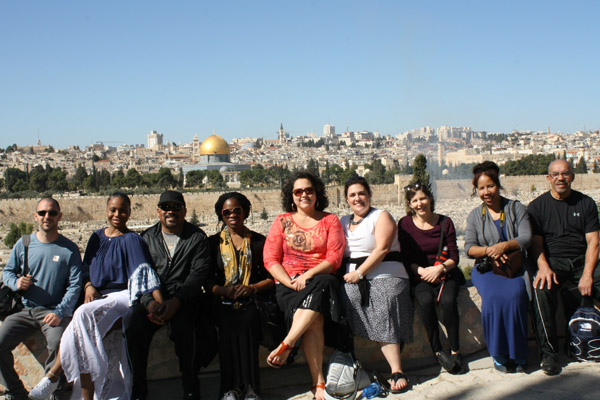
Through her English courses and the work done with department colleague Emily Feueherm on UM-Flint's Bridge Program, Gelderloos is working regularly with students who come from non-traditional circumstances and who may not speak English as their first language. Although the experiences for some of the students in Israel's schools are different, consider those with refugee status or children belonging to nomadic societies, most are relatable those of students at UM-Flint. In both cases, they may just need some extra thought and consideration for their backgrounds and day-to-day circumstances. The approach taken in Israel to satisfy the needs of these students, and their families, was the main focus of the trip. Gelderloos traveled with the hope of gaining insights and ideas on ways she can improve the work being done at UM-Flint, especially fostering inclusion and integration in a multicultural space.
Learning in Israel
Although the trip mainly centered around younger students, Gelderloos still found inspiration for her work at the university level. "One thing that stood out was that they did a lot more with the parents of the at-risk students… A big component of what they did at a lot of these schools was they got the parents involved, they had training for the parents, social activities for the parents, to get the parents together at the school. The schools were almost like community centers, so their focus was on training and educating and helping the parents to be better support for the kids. So, I thought 'I wonder if we can do something like that? Is there something that we could do for the parents of our students to help them be better support for the students, to maybe help them notice when things aren't going right and know how to best respond?'"
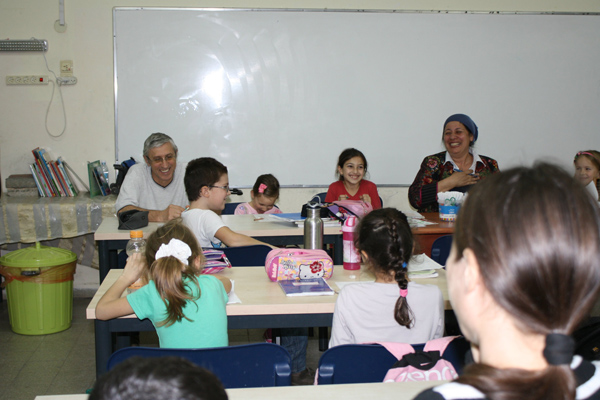
One of the areas of similarity that Gelderloos found was an idea of community service or civic engagement through the schools and education centers. "A lot of people who you would think need service, who do need service, are actually out there doing service. The kids in these needy schools find purpose and also connect more to their community, especially the immigrant students, connect more by being helpful, by providing assistance, through food drives or other support activities."
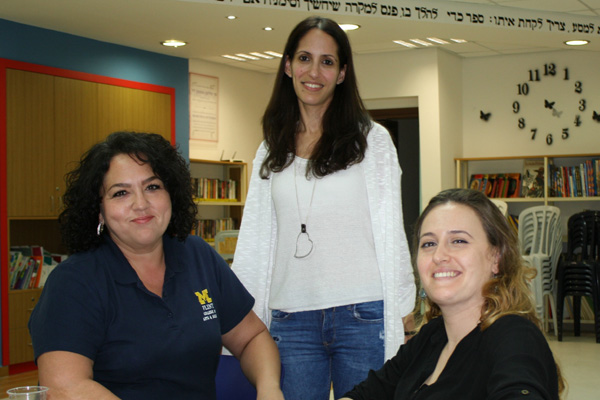
When asked about her feelings of an exchange focused purely on educational practices, Gelderloos said, "I think educators must be the best everywhere. [They are] well educated, their hearts are in the right place and they want to help people, help their students. They are generally very passionate about what they do, and they are always trying to find ways to do it better. We met a lot of people like that. We went into quite a few places with a lot of great programs that were trying new and different things. People who were really dedicated. One of the schools was open from 6 a.m. to 10 p.m. to accommodate work schedules and also as a resource for parents in the evening. They offered Hebrew classes for free in the evening, and they had computer literacy classes for parents. They were functioning as not only a school but a community center."
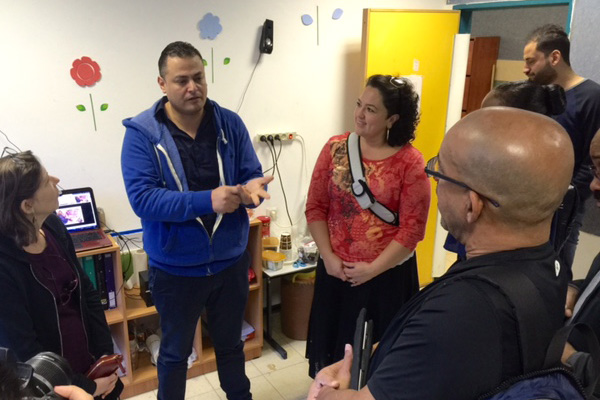
There were stops on the trip where the differences were more noticeable. Gelderloos described the situation and approach at one such stop, "At the Bialek Rogozin school in Tel-Aviv, there are students from 51 countries. There were approximately 1200 students in 12 grades. They taught all the students Hebrew but they also taught nine languages—reading, writing, speaking, etc.—in nine languages so that if the students' bid to remain in the country were denied, they would be able to go home and speak, read, and write in their native language. That way they don't go back to school at a significant disadvantage. I was really impressed by this, and I have never heard of any program like this here in the U.S."

Bringing the Experience Home
When asked how she would be able to use and share what she'd learned on her trip, Gelderloos said, "I learned a number of things that I think could be beneficial to the students in our Bridge Program while visiting schools with high immigrant populations and the immigration absorption center in Ramla. For example, I learned about special programs that employed immigrants who have been in the country for some years as resources and mentors for newly arrived immigrants. I thought that we could use a similar tactic to help our international students integrate better and faster into our community. In addition, I did get some ideas for strategies to help at-risk students, and even a few ideas for assignments that help students explore their place in the university and the world once they leave UM-Flint. Finally, I learned about several programs that helped both foreign students and at-risk students successfully become integrated into the community via service activities. These service activities not only increase their self confidence, they also connect them to their community in a profound way. Emily and I have discussed adding service as a way to integrate the Bridge Programs students, and I will encourage other faculty members to consider adding service projects to their courses."
Gelderloos will give a presentation about her trip to her colleagues in the English Department later this month. She said, "My presentation will mostly go over what I've been working on, what I got out of it as a developmental teacher and as a person who works with the international students regularly."
The trip was organized by Jennifer Lewis from Wayne State University and was funded in large part by The Jewish Agency, with additional funding from the UM-Flint English department. Notes Gelderloos, "I am very grateful to all of them for this amazing experience."
To learn more about the English Department and the university's Bridge Program, visit umflint.edu/english.
Related Posts
No related photos.
UM-Flint News
The Office of Marketing & Communications can be reached at mac-flint@umich.edu.